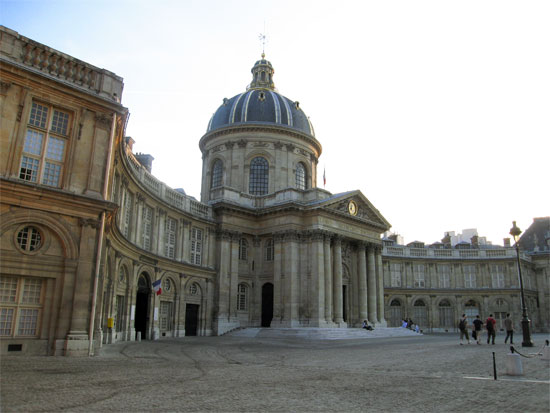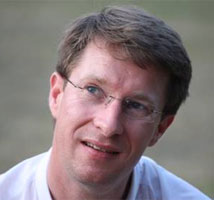Created in 1975 and housed at the Institut de France since 2005, the Simone and Cino del Duca-Institut Foundation of the Institut de France is active in France and abroad in the arts, the humanities and in science, via grants, prizes and various kinds of financial support awarded on the basis of proposals furnished by the Academies of the Institut de France.

In particular, four Grand Prix are awarded each year:
- a science Prize
- a world Prize
- an archeology Prize
- an art Prize
The purpose of the Science Prize of the Simone and Cino del Duca Foundatiion-Institut de France (275 000 €) is to reward a French or foreign sscience team. Each year, the Foundation also awards three grants in science, whose purpose is to encourage young French teams.
The Institut de France
Created in 1795 as a non profit making means to disseminate the humanities, the arts and the sciences, the Institut de France supports and houses various foundations which were created either by individuals or by organizations, to which it contributes its expertize and know-how, as well as a guarantee of stability. The Institut also owns important artistic assets, in the form of exceptional residences and art collections which have been bequeathed to it since the end of the XIXth century, and in particular: the château de Chantilly, the Jacquemart-André museaum, the Chaalis Abey, the château de Langeais, the Kerazan manor and finally the Kérylos villa.
The Grands Prix Ceremony
The Grands Prix of the Fondations de l’Institut de France ceremony has been an annual event since 2005. By the quality of the prize winners and the value of the prizes, this is among the most important events of this type in the world, for the humanities and for science. This rendez-vous is also a means to recall all that the foundations housed by the Institut de France have done during the past year.
Guy Perrin and the astronomical revolution

Born in 1968, Guy Perrin is a graduate of the École polytechnique has a Ph.D. In astrophysics and space techniques delivered by Paris 7 University. At present, he is an astronomer in the Laboratory for Space Studies and Astrophysical Instrumentation of the Paris Obervatory.. His research is centred around two main axes: high angular resolution instrumentatio and its application to astrophysics He is one of the pioneers of long base line interferometry with single-mode fibres, which is to-day widely applied in the near infra-red. He directed the ‘OHANA team which was the first to to do aperture synthesis with several telescopes using single mode fibres in 2005. He invented the concept of pupil masking using fibres for very high dynamic imagery.
Guy Perrin has found original astrophysical results, in part using instruments to whose construction he has contributed. For example:: the solution of the puzzle of the pulsation mode of Mira stars and the detection of MOLspheres arund supergiant red stars, the first image of convection cells on the surface of one of these stars, a detection which is followed by that of a magnetic field, the first detection of a dust torus centred on an active galactic nucleus. Black holes are among the most extreme objects in the universe. Sagittarius A*, in the centre of our galaxy, with a mass 4 million times that of the Sun, could be the most massive one. Guy Perrin, who heads the French contribution, is building with his team the GRAVITY instrument which, at the end of 2015, will synthesize the large 8m telescopes of the European Very Large Telescope in Chile, into the equivalent of a 140 m diameter telescope.
GRAVITY will enable them to observe the close environment of the black hole, and so test Einstein’s General Theory of Relativity in a régime which has so far never been studied, i.e. in a strong field close to a very compact body. He is participating with his team in the preparatory work and observations, and in particular in the creation of the ray tracing programme of GYOTO for the calculation of the images and the spectra close to a black hole.
